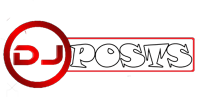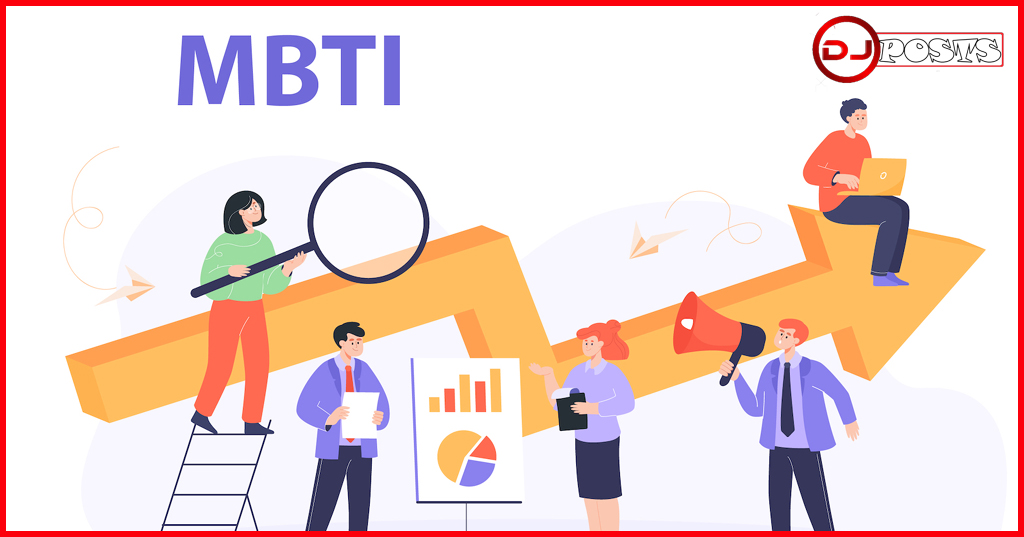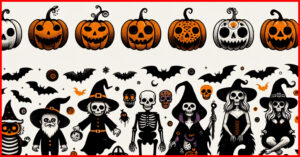Have you heard of MBTI ? It has become a hot topic on the Internet in recent years. It is not only a topic that many people chat with their friends, but also a hidden promoter of the Internet language of the younger generation! Top 10 internet buzzwords in mainland China last year (2023) Internet buzzwords in mainland China were won by “i people” and “e people”. This buzzword is derived from “MBTI”, and “I” and “E” are both “MBTI” tests The letters appearing in have been used by netizens as synonyms for personal traits, and have become a common element in many Internet memes and emoticons.
Today, follow the WH editor to learn about this test, from its origin, letter meanings to personality types, allowing you to keep up with your friends’ topics and understand what “MBTI” is in ten minutes!
What is “MBTI”?
⚡️”MBTI” is a personality assessment tool
It is the English abbreviation of “Myers-Briggs Type Indicator”. It was designed by American mother and daughter Myers and Briggs. It mainly refers to the personality theory of Swiss psychologist Carl Jung and developed a set of assessment methods based on this theory, namely “MBTI”.
After this test, the subject will receive a set of 4-letter codes, which represent your “personality type”. There are 16 types in total. Therefore, it is also called “Type 16 Personality Test”.
The Origin and Development of “MBTI”
The “MBTI” was born during World War II. It was designed because Myers and Briggs believed that if they could understand people’s personality preferences, it could help them first enter the workforce. of women find the type of work that makes them most comfortable and productive.
Today, “MBTI” is also use in workplace suitability tests to help employers assess whether job applicants are consistent with the company’s policies and job requirements. However, it is now used more for entertainment purposes to assess personal psychological preferences and help people better understand their own interests and behavioral tendencies.
Why did “MBTI” suddenly become popular?
About three years ago, it became popular among young people in South Korea to post “MBTI” test results as self-introductions on dating apps, creating the first wave of “MBTI” test craze. Later, more and more Korean celebrities disclosed their “MBTI” results, attracting a large number of fans to follow up. Fueled by the Korean Wave, it started a global craze.
Nowadays, “What is your MBTI?” has become another hot topic after horoscope and blood type.
The “MBTI test” is actually very complicated
The official “MBTI” test requires answering nearly a hundred questions. In addition, “MBTI” involves psychological assessment, which is actually very complicated. If you answer the question incorrectly because you are not clear about the meaning of the question, or you do not understand the meaning of the test results, you may misunderstand. Etc., it all means that this test did not achieve the effect.
Therefore, if you want to know the most accurate results, it is recommend to seek help from internationally certified professional instructors to administer the test.
“MBTI Test” Chinese
Due to the development of the Internet and the gradual entertainment and popularization of the “MBTI” test, many websites have jumped on this trend and provided a simple “MBTI” test function. At present, more people use the British website ” 16 Personalities” “, which provides the traditional test” in Chinese, has a relatively clean interface, and also has detailed explanations of the test results.
However, as mentioned above, the test involves psychological assessment, and the self-test results on the website can be used as a reference. If you want the most accurate results, it is recommended to consult an expert!

What do the personality type letters mean? How to interpret it?
The “MBTI” personality type consists of 10 letters in total: E, I, S, N, T, F, J, P, A, and T. According to the rules, they form a set of 4-digit English letters. Each letter has its own fixed position :
- Initial: E or I
- Second digit: S or N
- Third digit: T or F
- Fourth position: J or P
- Last: -A or -T
⚡️Each position represents a different dimension (i.e., judgment standard ):
- Initials: How do you “get energy”?
- Number 2: How do you “obtain information”?
- Number 3: How did you “make the decision”?
- Number 4: What is your preferred “behavior pattern”?
- At the end: What is your “confidence level” in yourself?
⚡️Each letter has a different meaning, which represents your preference in that dimension :

Initials: How do you get your energy?
- Extroversion E (Extroversion): Gain energy from “interaction with others and the outside world.”
- Introversion I (Introversion): Gets energy from “the state of being alone”.
Number 2: How do you get information?
- Real Sense S (Sensing): Obtain information from “actually felt details”.
- Intuition N: Obtain information from “more abstract and innovative thinking”.
Person 3: How did you make the decision?
- Thinking: Follow “logic and rules” to make decisions.
- Feeling F (Feeling): Consider “emotion and human feelings” when making decisions.
Number 4: What is your preferred behavior pattern?
- Judgment: More planned and organized.
- Perception P (Perception): more free, flexible, and changeable.
At the end: How confident are you in yourself?
- Confidence A (Assertive): relatively stable, with a certain degree of confidence in oneself.
- Turbulent: More introspective, concerned about other people’s feelings, somewhat perfectionistic.
Introduction to “MBTI” Type 16 Personality
- INTJ ( Architect )
- INTP (Logician)
- ENTJ (Commander)
- ENTP (Debater)
- INFJ (Advocate)
- INFP (Mediator)
- ENFJ (Protagonist)
- ENFP (campaigner)
- ISFJ (Guardian)
- ESFJ (Archon)
- ISTJ (Logistics Engineer)
- ESTJ (General Manager)
- ISTP (Connoisseur)
- ISFP (Explorer)
- ESTP (Entrepreneur)
- ESFP (Performer)



[…] Complete analysis of South Korea’s crazy MBTI […]